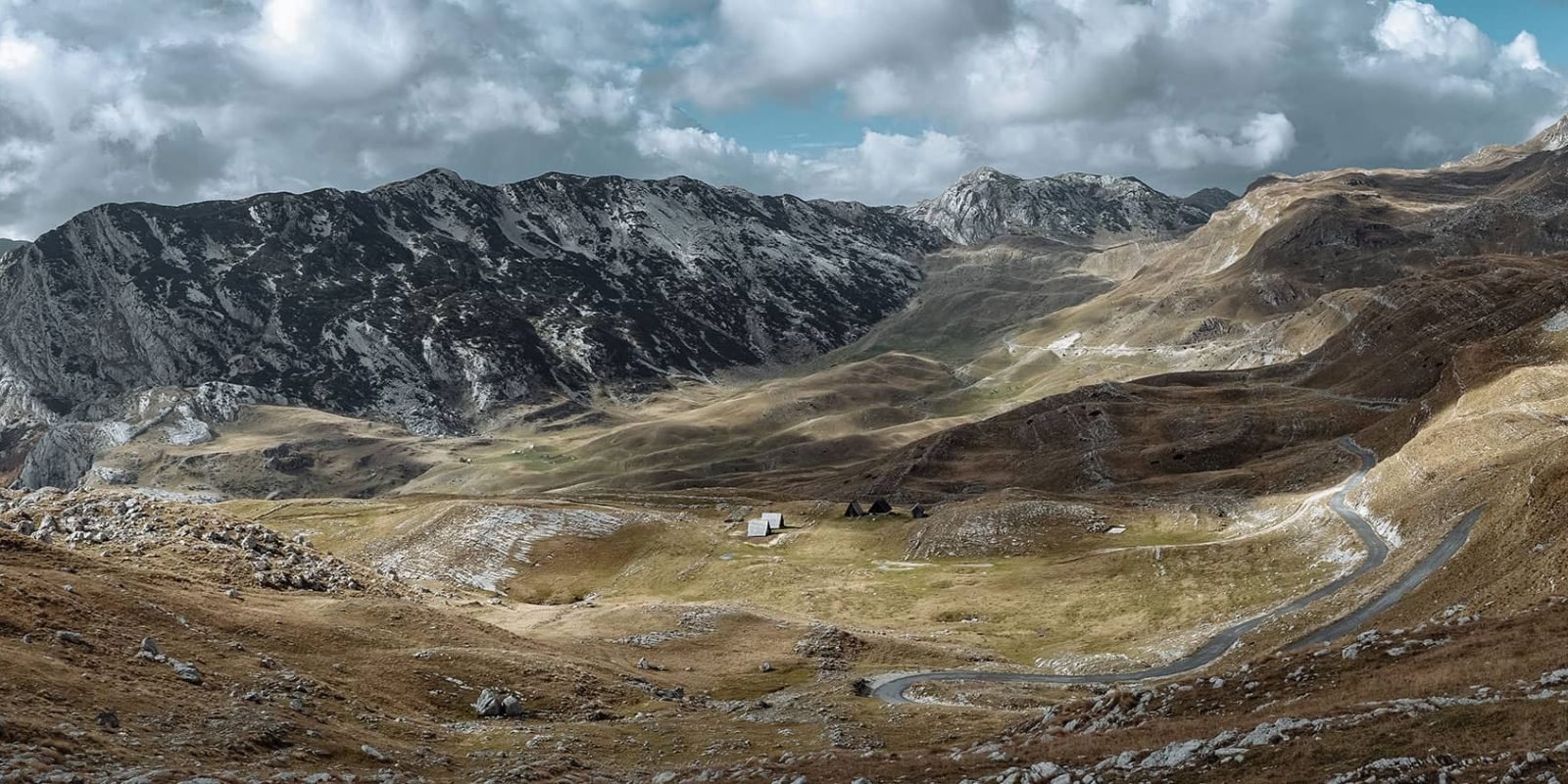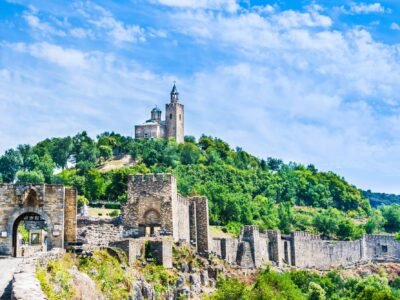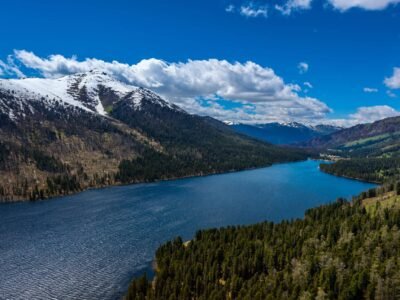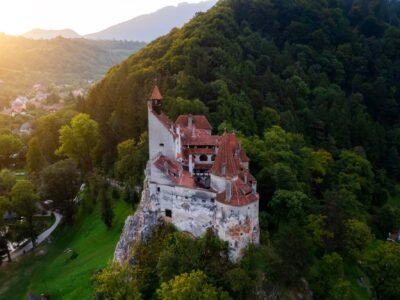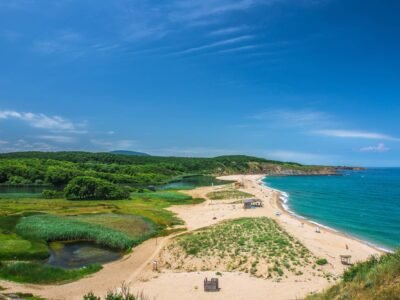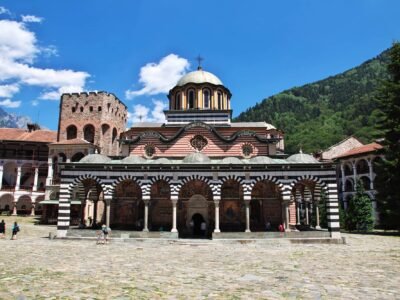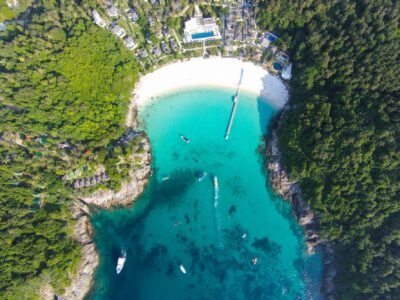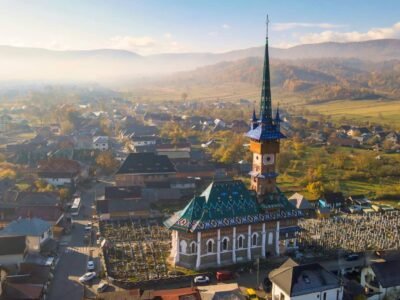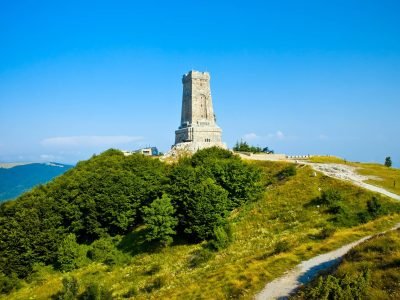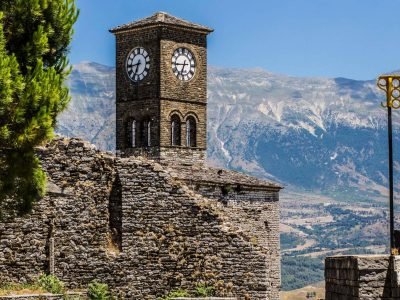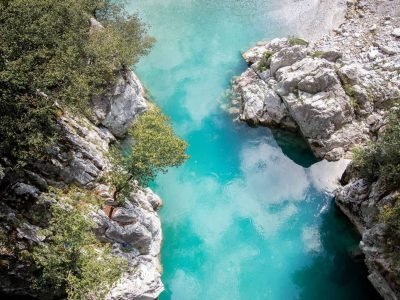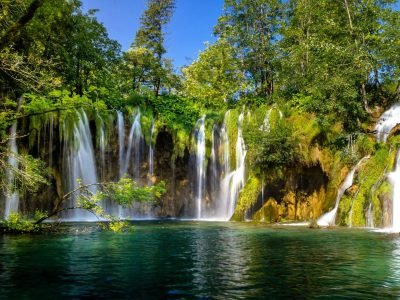Several UNESCO World Heritage Sites in Montenegro have been declared, with six locations listed as having outstanding universal value. These heritage sites have centuries of history and culture embedded within them, providing visitors with a unique experience.
Montenegro is a small country on the Adriatic coast of Southeastern Europe known for its picturesque natural sites and historical architecture. It may be small, but it has much to offer visitors regarding history and culture. One such attraction is its three UNESCO World Heritage sites: Durmitor National Park, the Natural and Culturo-Historical Region of Kotor, and the old town of Bar.
UNESCO World Heritage Sites in Montenegro
Montenegro is home to four UNESCO World Heritage sites worth exploring.

Durmitor National Park
The first of Montenegro’s UNESCO World Heritage Sites is the Durmitor National Park in northern Montenegro, established in 1952. This area features several glacial lakes, deep canyons, forests, and high mountain peaks that offer stunning views to all who visit.
Durmitor National Park is located in the far north of Montenegro and is home to impressive natural features like limestone peaks, glacial lakes, deep ravines, and fast-flowing rivers. The park also boasts over 18 endemic species, making it an ideal spot for wildlife watching. Kotor’s natural and Culturo-Historical Region lies further south along Montenegro’s stunning coastline.
Durmitor National Park in Montenegro is a popular destination for nature lovers and outdoor adventurers. The park is one of many UNESCO World Heritage sites in the small Balkan country. It covers over 39,000 hectares of breathtaking landscapes, featuring deep canyons, glacial lakes, and limestone peaks. With its diverse geography, Durmitor offers a range of activities for visitors, such as hiking, camping, kayaking, bird watching, and much more.
The park has long been held sacred by locals due to its spiritual significance; it was allegedly the birthplace of Saint George, who defeated a dragon that had terrorized the area. Visitors can explore ancient monasteries and chapels, which provide insight into Montenegrin culture and traditions from centuries past.
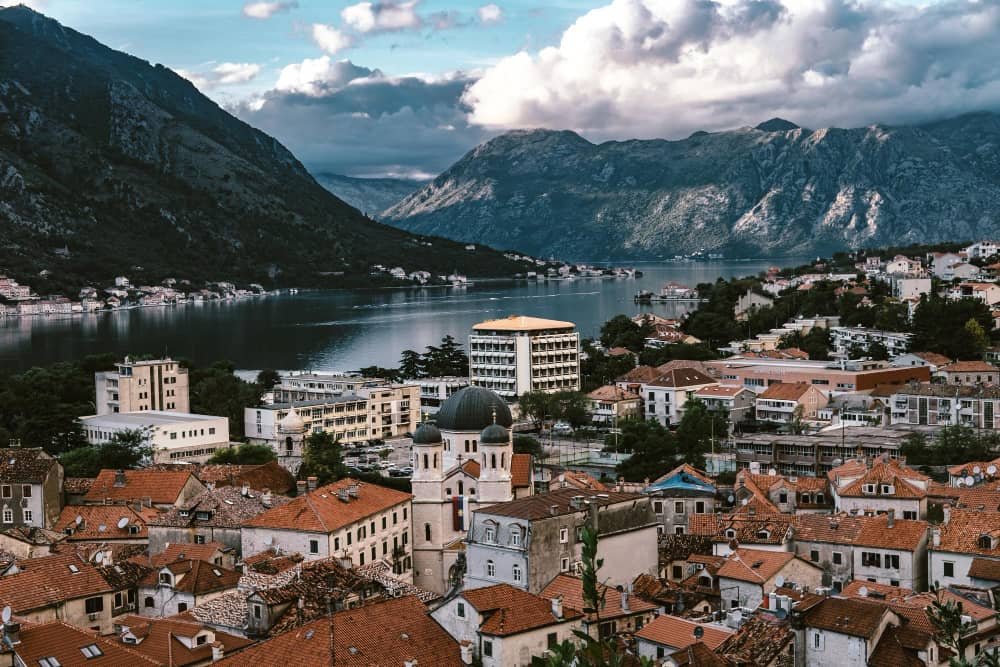
Natural and Culturo-Historical Region of Kotor
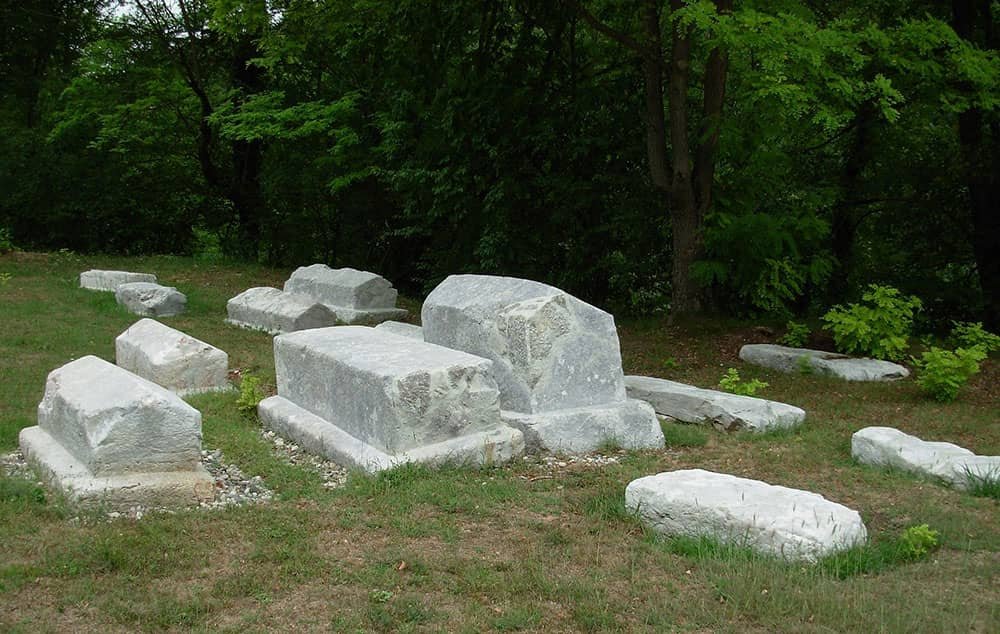
Stećci Medieval Tombstones Graveyards
Venetian Works of Defence between the 16th and 17th centuries: Stato da Terra – Western Stato da Mar
Final Words
Montenegro is a small Balkan country that is full of natural beauty and culture. It is home to four UNESCO World Heritage sites recognized for their cultural and historical importance.

